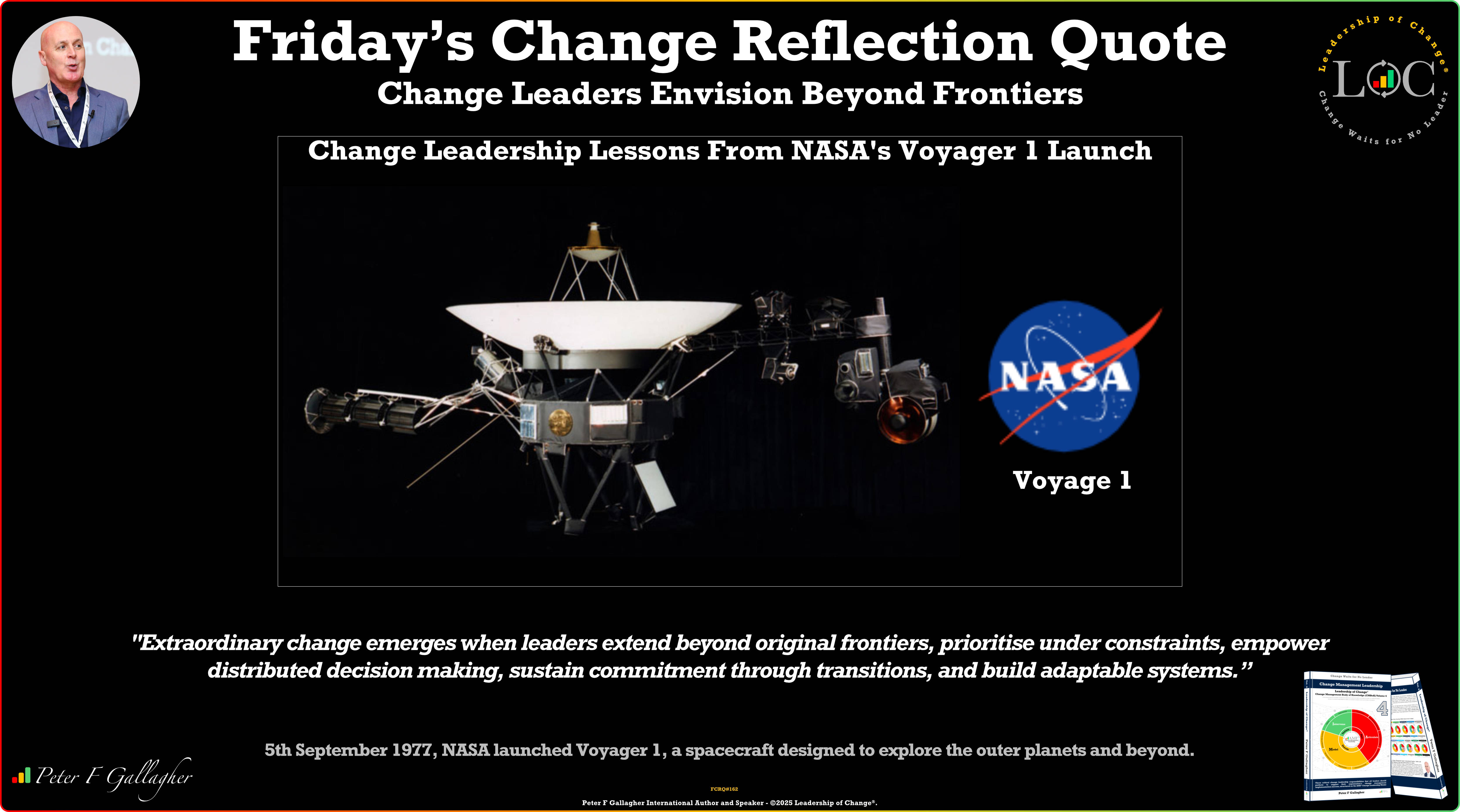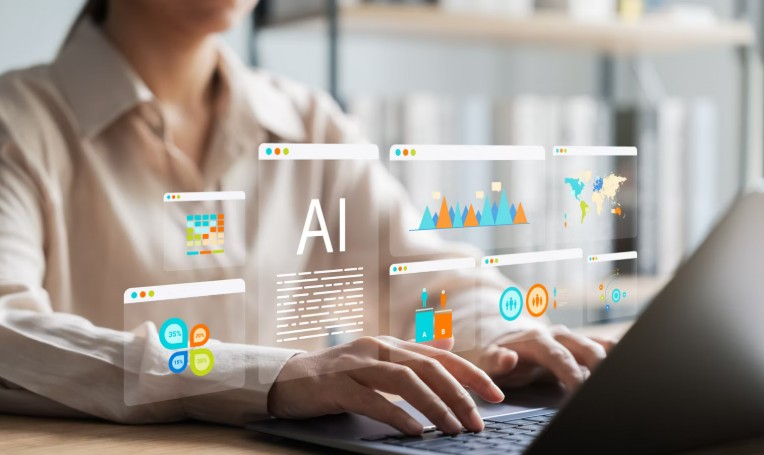
Gamification is still a mostly untapped and misunderstood science. For over a decade it has had much scepticism and hype with hit and miss success, however as the craft matures and is understood at a deeper level it is now starting to become a sustainable alternative to traditional ways of measuring and engaging employees from both a learning and performance perspective.
Both
Gallup and
Fifth Quadrant have conducted surveys for the last decade around employee engagement and astoundingly the figures have remained horribly similar with only roughly 25% of employees saying they are actively engaged with their performance. This is by no means surprising given very few companies have done much to change how they train, design key performance indicators (KPI’s) and engage employees. Only now with catalysts like the royal commission into banking and finance in Australia, which demanded large institutions change how they measure and incentivise staff are we seeing a substantial shift to behavioural based metrics.
Playfulli, who developed an employee profiling tool, tested with over 65,000 people shows that there are actually 8 motivational profiles across an organisation, of which most organisations only tend to engage two (25%) when designing how employees are measured, reinforcing this notion that only a quarter of employees are engaged.
What is Gamification?
Gamification is the application of game mechanics and behavioural science into non-game activities (like work) in order to achieve an objective. When implemented correctly it goes beyond simply applying points, badges and leader-boards (a common entry level approach) and instead focuses on behaviours, motivational diversity , employee strengths and micro-learning and tethered to a much wider range of game mechanics that engage the human desire for achievement, progress, purpose contribution, connectedness and belonging.
In the past many gamification platforms have tried to portray themselves as the silver bullet for performance and in doing so found short-lived success. Many realised that simply "gamifying" the same old metrics and expecting a different result yielded only short-term success. As these gamification platforms matured, they realised that they needed to solve for the root cause, not the symptoms and thankfully this is now showing fantastic results with those organisations courageous enough to explore the scientific art of gamification.
Gartner predicted that 70% of fortune 500 companies will attempt gamification but that 80 odd percent would fail due to poor design. Now once bitten and twice shy there is still some reluctance to try gamification again, however those who approach it in a scientific way and are willing to turn their back on traditional lag metrics are much more likely to see results that will buck the 10-year trend we have been witnessing of low employee engagement.
Gamification Back on the Radar
Gamification should be on the radar of any organisation looking to drive greater employee engagement and knowledge retention, particularly those with a distributed workforce. Even if they have tried and failed in the past it is absolutely worth another go, because like most technologies and concepts, gamification has matured rapidly from where it was merely years ago especially those platforms that have built in machine learning and AI capability.
The Gamification industry has had many resurgences in the past 10 years however it is finally here to stay and with good reason. Gamification has finally matured beyond simple game mechanics designed to drive spending, product use and employee productivity to a full-blown behavioural psychology and motivational design industry supported by tech (not led by it).
Gamification and the Future of Work
With distributed workplaces a norm and likely to stay that way managers are finding it harder to see employee behaviour and basing coaching on lag measures. Gone are the informal catch-ups, replaced by structured and scheduled video calls - eroding employee trust.
Gamification combined with Machine Learning, AI and micro-learning is helping managers by prompting the them with insightful coaching tips, challenges and conversations. This helps say goodbye to the pouring over of data and spreadsheets, structuring and preparing performance conversations sourcing long winded online training modules that are always completed and instantly forgotten. Gamification has long been focused on roles closest to entry level and managers were left with the administration of it (another arduous task taking them away from leading people) but those days too are a thing of the past. Advanced Gamification, real-time performance, lead measurement and micro-learning are going to augment a manager’s activity and ease the admin burden allowing them to build trust and empathy with the people they lead and create repeated positive behaviours that fuel amazing workplace cultures.
Seek out a platform that offers Micro-learning, has rich features beyond points, badges and leader boards, has proven machine learning and AI, is easy to integrate, support workplace collaboration and is content rich.
Combine this with proven gamification implementation and design experts and you are sure to be among those leading the future of work.
By Luke Jamieson
Keywords: Customer Experience, Emerging Technology, Future of Work

 Enterprise AI Failure or Not?
Enterprise AI Failure or Not? The Corix Partners Friday Reading List - September 5, 2025
The Corix Partners Friday Reading List - September 5, 2025 Friday’s Change Reflection Quote - Leadership of Change - Change Leaders Envision Beyond Frontiers
Friday’s Change Reflection Quote - Leadership of Change - Change Leaders Envision Beyond Frontiers The Rise of AI in Performance Reviews: Who’s Leading the Way?
The Rise of AI in Performance Reviews: Who’s Leading the Way? The Silence Tax: The Hidden Cost of Playing It Safe at Work
The Silence Tax: The Hidden Cost of Playing It Safe at Work